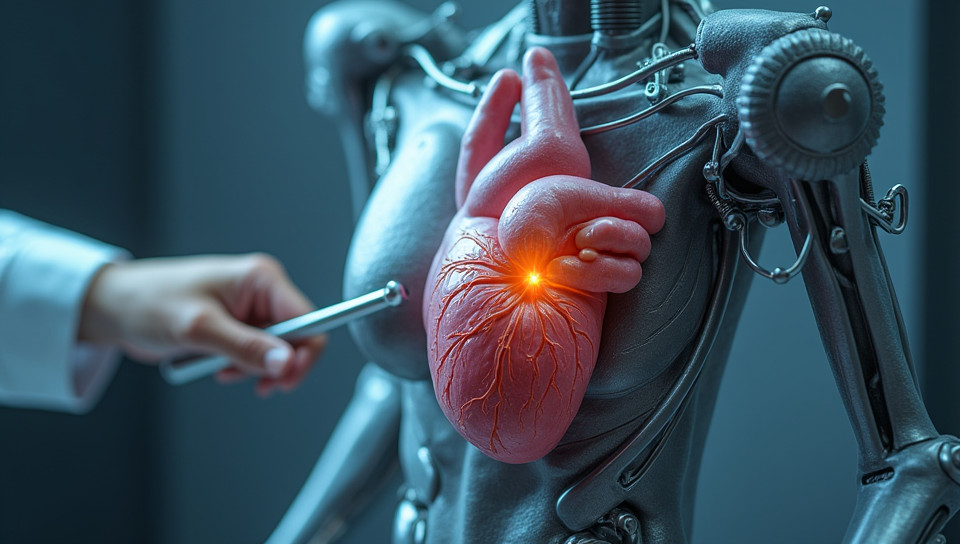Biomedical engineers create artificial organs and limbs 52%

The Future of Medicine: How Biomedical Engineers are Revolutionizing Organ Transplants
Imagine being able to receive an organ transplant without the need for surgery or rejection by your body's immune system. Sounds like science fiction, right? But thanks to the innovative work of biomedical engineers, this is becoming a reality.
The Rise of Artificial Organs
Biomedical engineers are creating artificial organs and limbs that can be used as substitutes for failing or damaged ones. This technology has the potential to save countless lives by reducing the need for organ donations and minimizing the risk of rejection.
What Are Artificial Organs?
Artificial organs are designed to mimic the function of their natural counterparts, but with some key differences. For example, a bioprosthetic heart valve is made from animal tissue or synthetic materials, while an artificial kidney uses a combination of electronics and bio-compatible materials to filter waste from the blood.
The Benefits of Artificial Organs
The benefits of artificial organs are numerous: - Improved patient outcomes: By reducing the risk of rejection and infection, patients can recover more quickly and with fewer complications. - Increased availability: Artificial organs can be produced in large quantities, making them more accessible to those in need. - Reduced healthcare costs: The cost of producing and maintaining artificial organs is significantly lower than traditional organ transplants.
The Future of Biomedical Engineering
As technology continues to advance, we can expect to see even more innovative solutions from biomedical engineers. From brain-computer interfaces to prosthetic limbs that can be controlled by thought alone, the possibilities are endless.
Conclusion
The work of biomedical engineers is revolutionizing the field of medicine and saving countless lives. With their focus on creating artificial organs and limbs, these pioneers are paving the way for a future where organ transplants become obsolete. As technology continues to advance, we can expect to see even more innovative solutions emerge, leading to improved patient outcomes and increased access to life-saving treatments.
- Created by: Alessandro Barone
- Created at: Feb. 4, 2025, 11:13 a.m.
- ID: 19973






